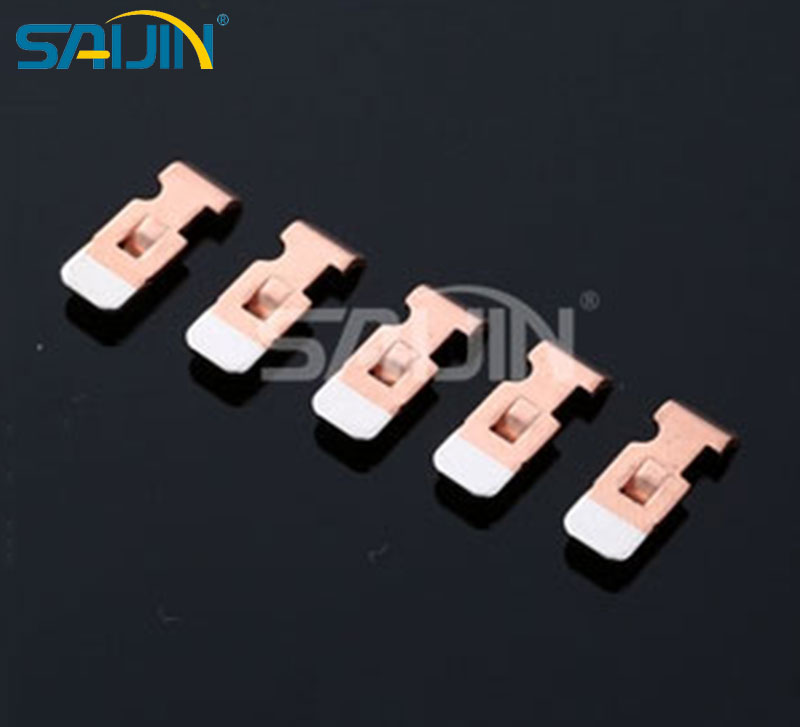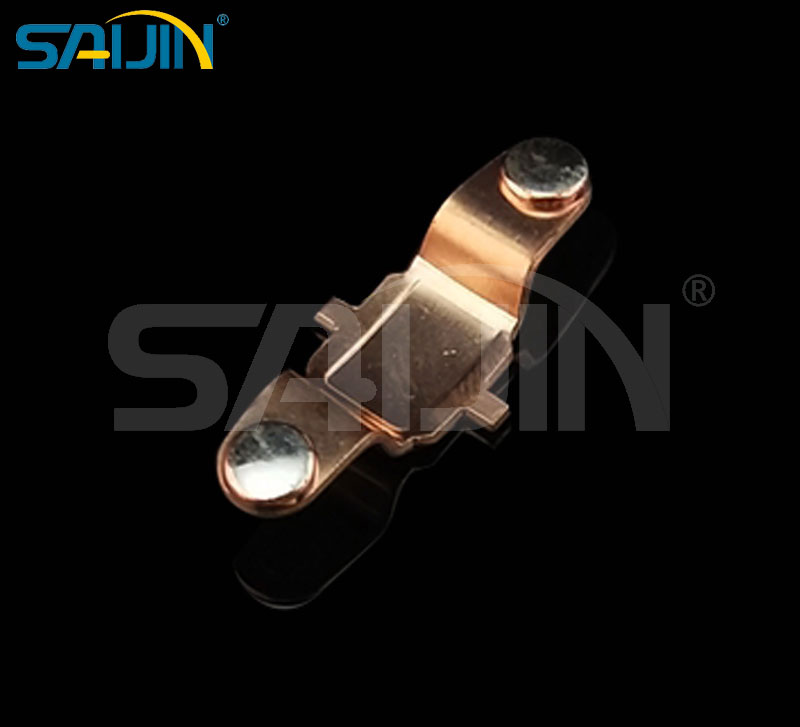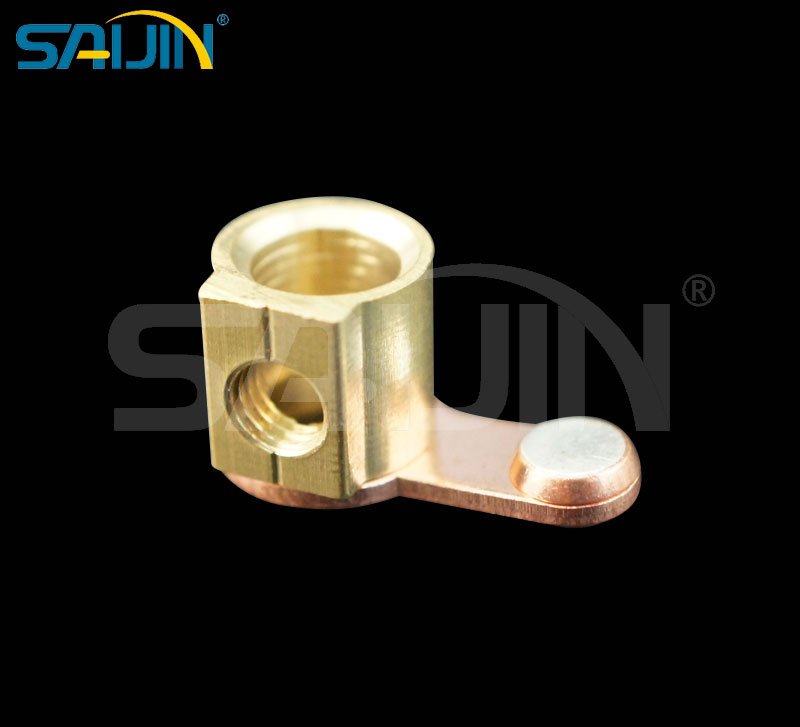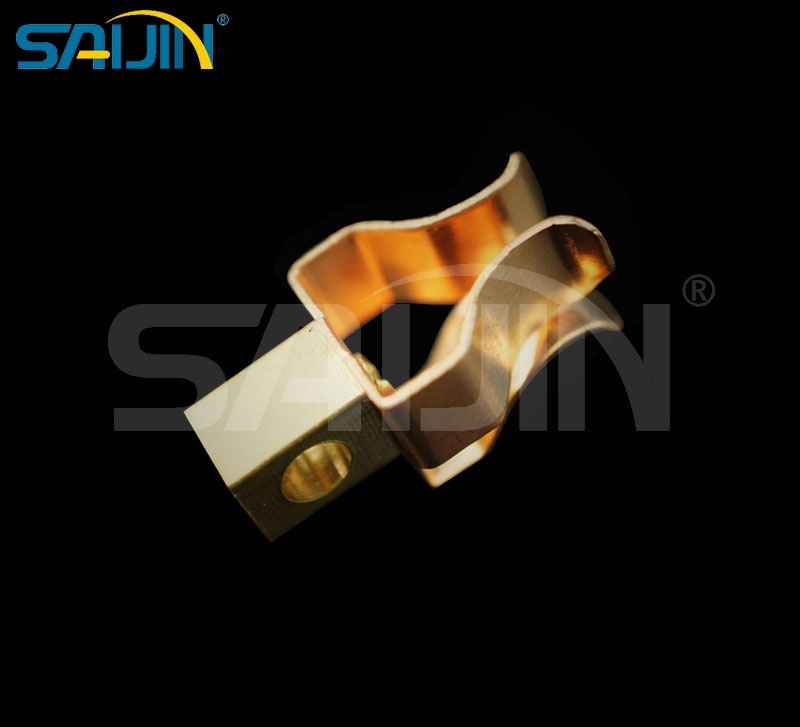What are electrical contact points made of?
Electrical contact points are the unsung heroes of the modern electrical world. These seemingly small interfaces – where two conductors meet to complete or interrupt a circuit – are critical junctures. Their performance dictates the efficiency, reliability, and lifespan of countless devices, from the humble light switch to complex aerospace systems. The choice of material for these contacts is paramount, balancing conductivity, durability, cost, and environmental resistance. Let's explore the key materials used:
Electrical Contact Points Material
1. Silver (Ag):
Properties: The undisputed champion of bulk electrical conductivity (highest of all metals) and thermal conductivity. Offers very low contact resistance.
Use: Widely used in relays, contactors, switches, circuit breakers, and high-current applications where minimal voltage drop is critical.
Caveat: Prone to forming insulating silver sulfide (Ag₂S) tarnish in sulfur-containing atmospheres, which can increase resistance. Also relatively soft and susceptible to material transfer (welding) during arcing.
2. Copper (Cu):
Properties: Excellent electrical and thermal conductivity (second only to silver), highly ductile, and relatively inexpensive.
Use: The backbone conductor for wires, busbars, and connectors. Frequently used as the base material for plated contacts or in alloy form.
Caveat: Highly susceptible to oxidation and corrosion, leading to high and unstable contact resistance. Not ideal for exposed contacts without protection.
3. Gold (Au):
Properties: Highly resistant to corrosion, oxidation, and tarnish. Maintains a very low and stable contact resistance over time. Excellent solderability.
Use: The gold standard (literally) for low-voltage, low-current, and highly reliable applications where signal integrity is paramount. Essential in connectors, relays, switches for electronics (computers, telecom), medical devices, and aerospace.
Caveat: Expensive, relatively soft (prone to wear), and can suffer from fretting corrosion in the presence of organic vapors under vibration. Often used as a thin plating over nickel or other base metals.
4. Tungsten (W):
Properties: Extremely high melting point (highest of all metals), high hardness, excellent resistance to welding and arc erosion. Good high-temperature strength.
Use: Indispensable in high-voltage, high-current switching applications where intense arcing occurs (e.g., automotive ignition points, heavy-duty circuit breakers, power contactors). Often used in composite materials (e.g., silver-tungsten, copper-tungsten).
Caveat: Relatively high electrical resistance compared to Ag/Cu/Au. Brittle and difficult to work with. Poor oxidation resistance at high temperatures.
5. Platinum (Pt) and Palladium (Pd):
Properties: Excellent corrosion and oxidation resistance, even at high temperatures. Good catalytic properties. Harder and more wear-resistant than gold.
Use: Used in demanding environments where gold might be insufficient or where catalytic activity is needed. Palladium is often used as a lower-cost alternative to gold plating or in alloys. Platinum finds use in specialized relays and harsh environment contacts.
Caveat: Very expensive. Can form insulating organic polymers under specific conditions with organic vapors and low-energy arcing.
6. Silver Alloys:
Properties: Combine silver's conductivity with enhanced properties from alloying elements.
Common Types & Uses:
Silver-Nickel (AgNi): Improved hardness, wear resistance, and arc erosion resistance over pure silver. Common in relays, switches, and automotive applications.
Silver-Cadmium Oxide (AgCdO): Excellent resistance to welding and material transfer under arcing due to cadmium oxide decomposition absorbing arc energy. Historically very common in contactors and breakers, but cadmium toxicity is driving replacement.
Silver-Tin Oxide (AgSnO₂): The primary replacement for AgCdO. Offers excellent welding resistance, arc erosion resistance, and good conductivity without the toxicity. Dominant in modern contactors, relays, and switches.
Silver-Copper (AgCu): Harder than pure silver, better wear resistance. Used in sliding contacts and switches.
Silver-Graphite (AgC): Provides good conductivity with inherent lubricity and resistance to welding. Used in sliding contacts and brushes.
Advantages of Choosing the Right Electrical Contact Material:
Low and Stable Contact Resistance: Minimizes power loss (heat generation) and ensures reliable signal/power transmission.
High Electrical Conductivity: Efficient current flow.
High Thermal Conductivity: Dissipates heat generated at the contact point.
Resistance to Corrosion/Tarnish: Maintains performance over time in various environments.
Resistance to Arc Erosion & Welding: Withstands the destructive energy of arcs during switching, preventing failure.
Mechanical Durability & Wear Resistance: Withstands repeated making/breaking cycles and insertion/removal forces without degrading.
Cost-Effectiveness: Balancing performance requirements with material cost.
Solderability/Weldability: Ease of manufacturing integration.
Applications Dictate Material Choice:
High-Power Switching (Contactors, Breakers): Silver alloys (AgSnO₂, AgNi, AgW), Tungsten composites. Need: High current, arc resistance, welding resistance.
Low-Level Signal Electronics (Connectors, Relays): Gold plating over nickel, Palladium plating, sometimes Silver. Need: Low/stable contact resistance, corrosion resistance, reliability.
Automotive (Switches, Relays, Sensors): Variety: Ag alloys (AgSnO₂), Au plating, Pd alloys, sometimes Pt. Need: Vibration resistance, temperature extremes, mixed reliability/cost.
Sliding Contacts (Motors, Potentiometers): Silver-Graphite, Silver-Nickel, Gold plating. Need: Wear resistance, lubricity, conductivity.
Harsh Environments (Aerospace, Marine): Gold plating, Platinum, specialized alloys. Need: Extreme corrosion resistance, high reliability.
Consumer Switches/Plugs: Tin plating, Silver plating, sometimes Ag alloys. Need: Cost-effectiveness, reasonable performance.
Conclusion:
The material science behind electrical contact points is a fascinating blend of physics, chemistry, and engineering. There is no single "best" material; the optimal choice is a careful compromise dictated by the specific demands of voltage, current, switching frequency, environmental conditions, required lifespan, and cost constraints. From the unmatched conductivity of silver to the arc resistance of tungsten, the corrosion-proof nature of gold, and the cost-effective engineering of plated base metals, each material plays a vital role in keeping the electrons flowing reliably wherever electrical connections are made and broken. Understanding these materials is key to designing efficient, durable, and safe electrical and electronic systems.




